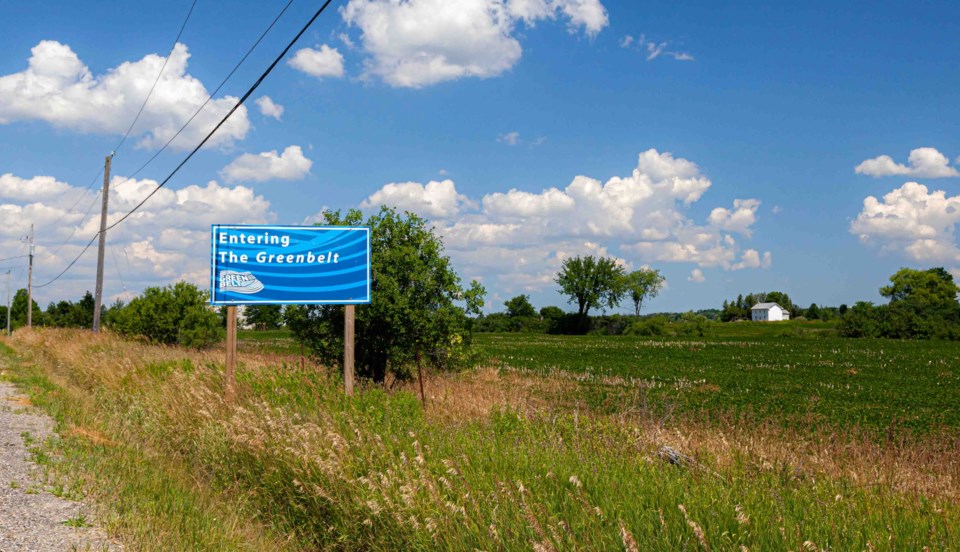The Green Party of Ontario is using Newmarket's challenges as an example in its criticism of provincial plans for more urban sprawl.
The party spoke to recent reports that the town could face “unsustainable demand” on its amenities as more sprawling development comes to its borders in King Township and East Gwillimbury, a news release stated.
Party leader and Guelph MPP Mike Schreiner said the province’s agenda for urban sprawl is harmful and developing that way costs twice as much compared to urban boundaries.
“Why is the Ford government imposing a sprawl agenda that not only paves over the Greenbelt but takes money out of people’s and municipalities’ pockets?” Schreiner said. “Municipalities want to build affordable, connected communities where people can live, work and play. But without support from the province, they’re being set up for failure.”
The province has recently opened Greenbelt lands just west of Newmarket in King for housing development, which could also include a new Southlake hospital site. East Gwillimbury also has plenty of upcoming growth, expected to reach a population of approximately 127,000 by 2051.
Growth in York Region has come with debate about how to build. In an official plan update last year, York Region council voted for a 50 per cent intensification rate, ramping up to 55 per cent in 2041, for development up to 2051. That means about half of the region’s development is planned to sprawl into undeveloped lands in the next 20 years.
That garnered criticism from environmental groups and Newmarket Mayor John Taylor, who said the region should aspire to a higher rate of intensification, meaning development in existing urban boundaries.
“We have incursion into the Greenbelt, the Oak Ridges Moraine,” Newmarket Mayor John Taylor said of the official plan last year as he voted against it. “This is not a financially, environmentally, or socially sustainable plan, and there's a lot of issues.”
Newmarket is also at odds with the province on a housing target of 12,000 over the next 10 years, due to the town's limited sewage capacity, with the town saying it only has room for about 2,000 more housing units.
Schreiner said the province needs to better financially support municipalities. He also said said the province should make it easier to develop in existing boundaries by allowing fourplexes and four-storey walk-up apartments as a right, plus allow mid-rise developments on transit corridors and main streets.
“Municipalities know what their residents need. They know what they need to do in order to make housing more affordable and more accessible. But they cannot do it alone,” Schreiner said.
In response to the Green Party news release, the Ministry of Municipal Affairs and Housing said it is making efforts to support growth and density in urban areas. It said it is investing fast-growing municipalities to increase density on major transit station areas.
"But we also know that we need to support the construction of new homes in all parts of the province," the ministry added. "We know that these communities want the same opportunities to grow and prosper just as much as anywhere else in Ontario.
But sprawling into new lands only stands to make affordability worse given the added costs, Schreiner said.
“Municipalities and local residents can’t afford to shoulder the cost of sprawl."
